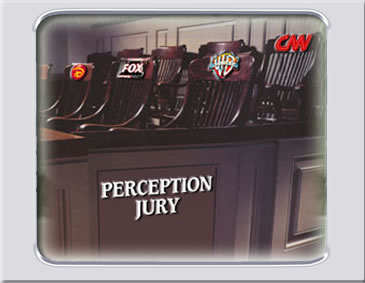“Hey guess what? Cy Young winner. Not on our team. Beat ’em.
“Rookie of the Year? Not on our team. We beat ’em.”
“MVP of the whole league? Sorry, guys. Not on our team. But we beat that guy, too!”
- Jonny Gomes at post World Series Rally Kansas City Rally
From an analytical perspective this series was teeming with contrasting view of how to play the game. None of that seemed to attract much in the way of booth chatter where the acknowledgement of Kansas City as a media market was nearly as scandalous as second-guessing the placement of infielders in less-than-two-out situations.
The most insightful thing heard from the Fox Booth all series came in Game 5 after the Royals had stormed back to telepath the necessary bundle of runs to force another extra round of innings. "For the Mets to win they'll need to hit one out," said Harold Reynolds. "All the Royals need is to get someone on base."
Why the laws of probabilities favor fringe strategists like Dayton Moore over more conventional methods is both a fascination and the unexplored question raised by the ruthless efficiency of the Royals. The Mets were a good team in a splendid groove. As a team the Royals are as much a factoring of calculations as a collection of players. Yes, you need the talent to execute. But you're not asking them to grow their fantasy league stats in the interest of a fatter pay out. Playing the game to win the big game is not the same as playing the market to sign the largest contract. Purveyors of money ball understood this by necessity and made a science out of molding discarded misfits into an ensemble of favorable match-ups.
But the Mets remain a big market team with a modest-sized payroll. The anomaly here is that the bold pre-deadline moves were underwritten by two payroll hiccups: (1) Wright's prolonged DL membership, and (2) Mejia's suspension. The former was indemnified and the latter bonehead move meant a loss of salary as well as service. So basically the Mets played like ... well ... like Yankees with the trappings of "the shift" -- residue of the unexplored pat-on-rump to the savage slugger who would sooner swing away than counter a lopsided alignment.
It's interesting that Ned Yost referred to his players in the third person. Compare that to Collins as the consummate player's manager who would sooner let his compromised partisans pull themselves out than decide whether the show goes on without Cespedes and his knee contusion or Harvey's swollen possession of an undecided win. It's not that the Royals lacked passion. The jawboning from the dugout was relentless. But the animation was constant. As Bal pointed out, even when trailing they were charging up the hill in the same cavalry -- no one pensive or guarded about the outcome to be.
This bench cheer was an informed optimism based on the belief that the rooting agent here is bigger than the team or their agents. Simply put, it's the system of put-the-ball-in-play and your opponent will drop first, boot next, or arrive after you do. It's not the composite sum of the parts. It's the quality of the cohesion. The better the chemistry, the more interchangeable the pieces. The MVP defaulted to Perez when a case could have been made for Escobar, Gordon, Hosmer, Zobriski, or Davis. None of these guys are back-fill or rented for the last pennant run. They're all tied into the same investment. Long-haul-wise, this is the betting money -- not on how many young arms can be rotated away for Tommy John during any one pitch count limiting season.
How else to explain the mechanical orchestration of the Red Army-like logistics displayed every time the Royals got a guy from 1st to 3rd? In the case of running on d'Arnaud's flaccid rifle, bunting for a base hit counts for a double. That's how the New York Mice fell prey to the Kansas City Cats. Could these same cohesive felines have skinned the Red Birds? That's my number one postseason what-if. Maybe it’s not too late to become a baseball fan. If so, it's a higher percentage move than telling the Blue (and Formerly Orange) to steer clear of the fantasy league stat piles and on the road to Kansas City ball.


